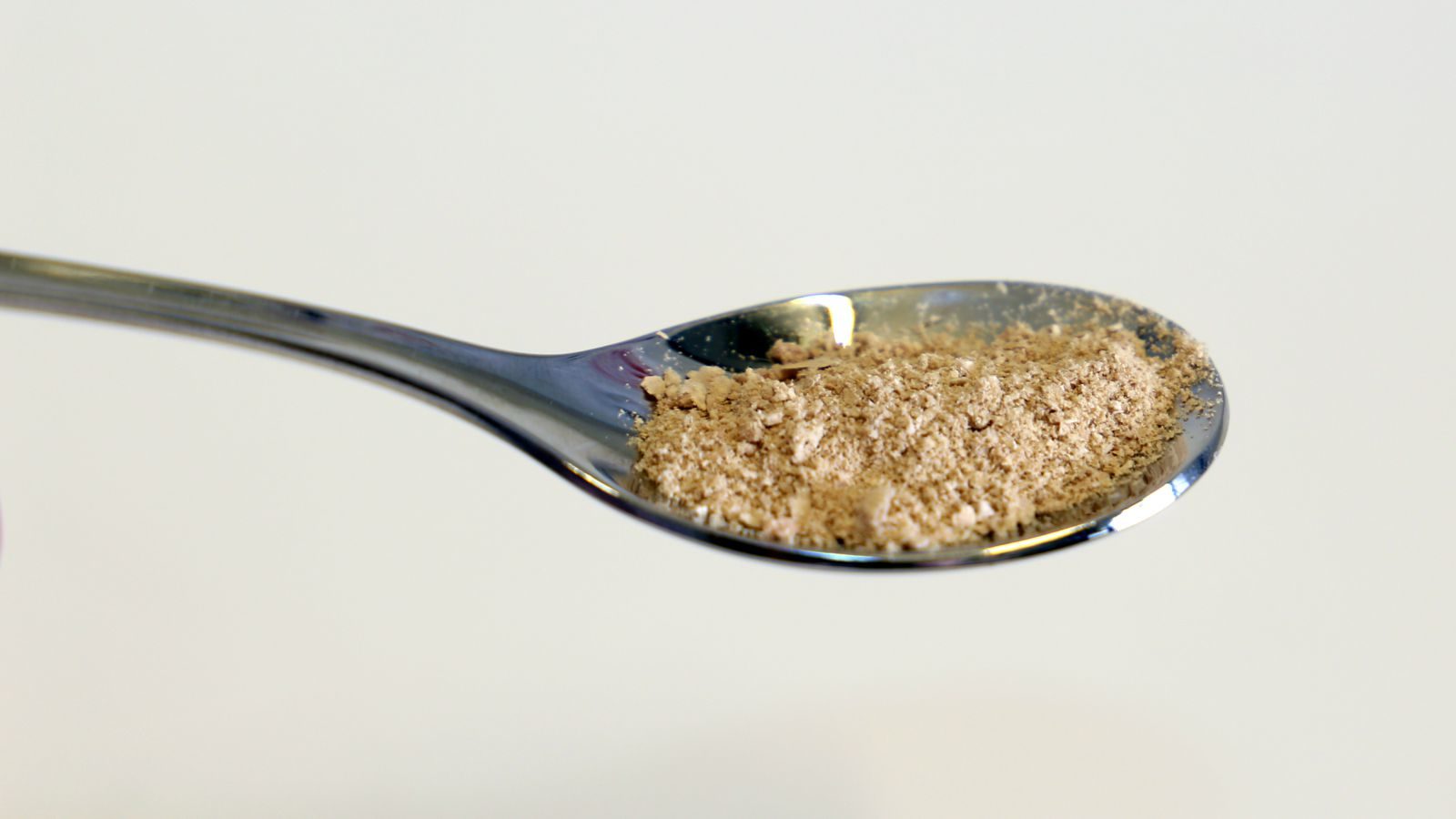OF THE
TIMES
A nation that continues year after year to spend more money on military defense than on programs of social uplift is approaching spiritual doom.
Fixed it. 🤡💩🎪 10% for the Big Guy Zionist to launder Zio Central Banking money through the Nazi-Zio-plensky cartel to fund NGO’s invading America...
$200,000,000,000 ÷ 500,000 = $400,000 per death. Not a bad return on investment.
There is a book, called the Bible. For anyone writing about Israel's current situation not to include any references to this book, is leaving out...
to allow the government to collect the actual content of your conversations (phone calls, text messages, video chats, emails and other electronic...
If this was to die on the senate floor, this one bill would be good one to die.
To submit an article for publication, see our Submission Guidelines
Reader comments do not necessarily reflect the views of the volunteers, editors, and directors of SOTT.net or the Quantum Future Group.
Some icons on this site were created by: Afterglow, Aha-Soft, AntialiasFactory, artdesigner.lv, Artura, DailyOverview, Everaldo, GraphicsFuel, IconFactory, Iconka, IconShock, Icons-Land, i-love-icons, KDE-look.org, Klukeart, mugenb16, Map Icons Collection, PetshopBoxStudio, VisualPharm, wbeiruti, WebIconset
Powered by PikaJS 🐁 and In·Site
Original content © 2002-2024 by Sott.net/Signs of the Times. See: FAIR USE NOTICE

Reader Comments
When added to, ie polymerized, it becoes sugars. C6 H12 O6 etc.
Everyone already knows that Wonder Bread originated quite some time ago and has been sold in stores throughout the world, promoting and expanding corporate food efficiency ever since.
Wonder Bread is capable of feeding large aggressive expansionist armies indefinitely and is also able to infinitely and continuously and cost-effectively feed the poor, forevermore. However many poor there might be. Because I said, forevermore. And that means always and forever.
Get it?
So all one really has to do, is sign up, get a number and stand in line
The problem of hunger has already been solved.
The one and only problem that remains is to eliminate those people and other forms of life who do not realize that the problem has been solved. Any and all of those who refuse to sign up and to get a number and to stand in line with the rest of us. Fortunately, there are not too many of these primitive types left.
Duh.
HOW FUCKING STUPID ARE YOU?
SCIENCE IS WONDERFUL.
ned,
OUT
(sarcasm)
Oh and don't forget: Wonder Bread is also available organically.
There is a certified 'organic' version now available.
And you can stand in the same line and get it.
As a matter of fact, you have to stand in the same line to 'get it'..
ned, the organic farmer, who is highly primitive, usually very agitated at human stupidity and who is also Finnish
OUT
OUT
OUT